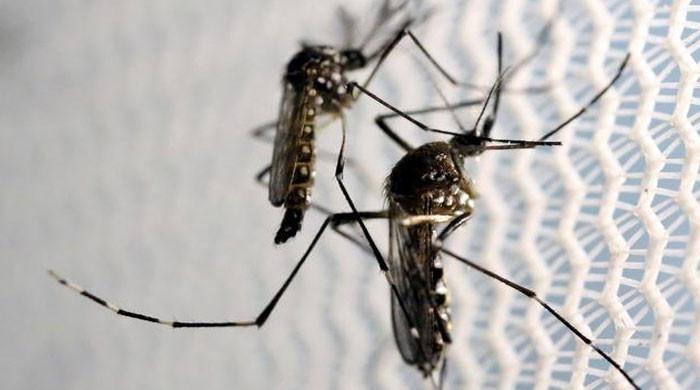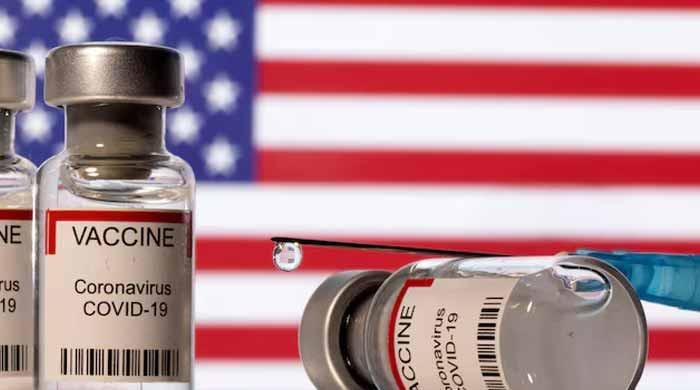What are the survival rates of prostate cancer?
Some people can live for decades without needing treatment for prostate cancer
May 19, 2025

Former US President Joe Biden has been diagnosed with an aggressive form of prostate cancer that has spread to his bones.
He received the news on Friday after he saw a doctor last week for urinary symptoms, reported BBC.
It is important to note that prostate cancer affects tissue of the prostate gland. According to the NHS, it usually develops slowly, so it can often grow unnoticed for years.
This means some people can live for decades without needing treatment. But it also means symptoms often don't appear until the cancer is already advanced.
Though, the cancer may be curable, this what you need to know about its survival rate.
Survival rate of prostate cancer
Survival rates of prostate cancer can give you an idea of what percentage of people with the same type and stage of cancer are still alive a certain amount of time (usually 5 years) after they were diagnosed, reported Cancer.org.
Notably, survival rates are estimates and are often based on previous outcomes of large numbers of people who had a specific cancer.
But they can’t predict what will happen in any particular person’s case. These statistics can be confusing and may lead you to have more questions. As a result, it is best to ask your doctor how these numbers might apply to you.
Additionally, a relative survival rate compares people with the same type and stage of cancer to people in the overall population.
For example, if the 5-year relative survival rate for a specific stage of prostate cancer is 90%, it means that men who have that cancer are, on average, about 90% as likely as men who don’t have that cancer to live for at least 5 years after being diagnosed.
Survival rates are also grouped based on how far the cancer has spread, but your age and overall health; test results, such as the PSA level and Grade Group of the cancer; how well the cancer responds to treatment; and other factors can also affect your outlook.









